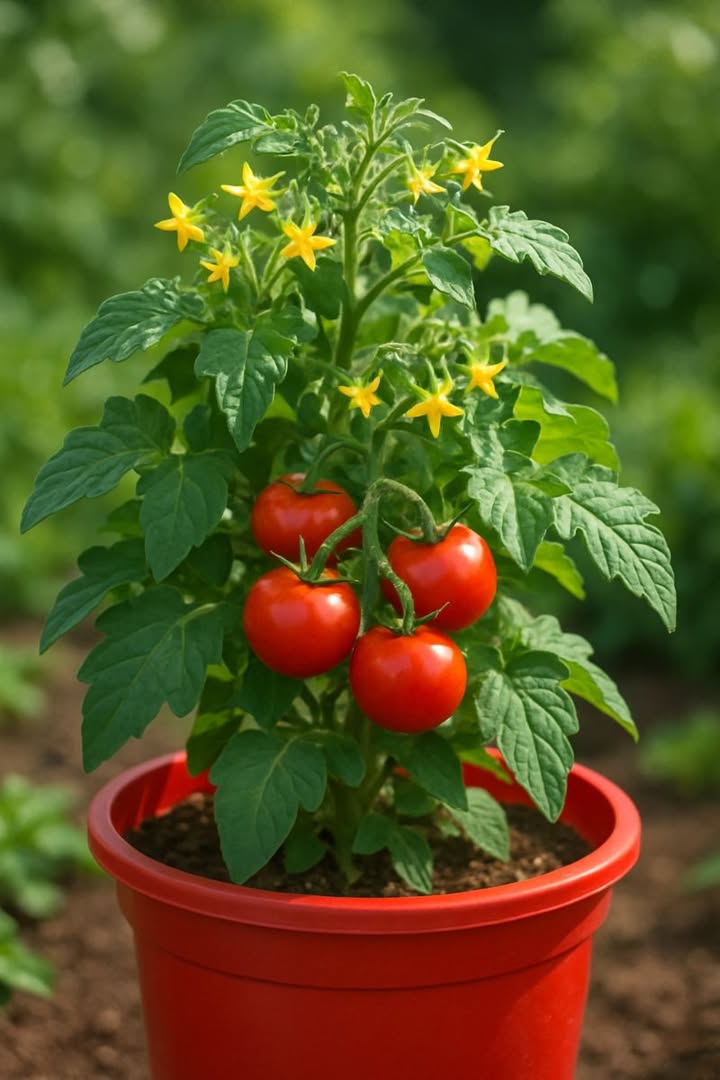Growing tomatoes in containers is a rewarding endeavor that allows gardeners with limited space to enjoy fresh, homegrown produce. However, many people find that their container-grown tomatoes don’t thrive as expected. This often results from common mistakes that can be easily avoided with the right knowledge and preparation.
In this article, we will explore ten essential tips for successfully growing tomatoes in containers. From choosing the right container size to ensuring proper drainage and sunlight, these guidelines will help you cultivate healthy and productive tomato plants, even in the smallest of spaces.
1. Choose the Right Container Size
The size of the container is crucial for the healthy growth of tomato plants. Ideally, you should choose a container that is at least 18 inches in diameter and 24 inches deep. This size provides enough room for the roots to expand and access necessary nutrients and water. Larger containers also help prevent the soil from drying out too quickly, which is a common problem with smaller pots.
When selecting a container, consider materials like plastic, ceramic, or fabric. Each has its benefits, but plastic containers are lightweight and retain moisture well, making them a popular choice for many gardeners.
2. Select the Best Tomato Varieties for Containers
Not all tomato varieties are suitable for container gardening. Determinate varieties, also known as bush tomatoes, are often the best choice because they grow to a manageable size and produce fruit over a shorter period. Varieties like ‘Patio Princess’, ‘Tiny Tim’, and ‘Bush Early Girl’ are excellent options for container growing.
If you prefer indeterminate varieties, which continue to grow and produce fruit throughout the season, choose compact types like ‘Sweet Million’ or ‘Sungold’. These can be trained to grow vertically with proper support.
3. Use High-Quality Potting Mix
A high-quality potting mix is essential for container-grown tomatoes. Unlike garden soil, potting mix is designed to be lightweight and well-draining, which prevents root rot and other moisture-related issues. Look for a mix that contains ingredients like peat moss, perlite, and vermiculite, which help retain moisture while providing good aeration.
Consider adding a slow-release fertilizer to the potting mix before planting to ensure your tomatoes have a steady supply of nutrients throughout the growing season.
4. Ensure Proper Drainage
Proper drainage is critical to prevent waterlogged soil, which can lead to root rot and other diseases. Make sure your container has several drainage holes at the bottom. If your container doesn’t have holes, you can drill them yourself.
To further improve drainage, consider placing a layer of gravel or broken pottery at the bottom of the container before adding the potting mix. This helps excess water escape more easily and keeps the roots healthy.
see next page
ADVERTISEMENT

